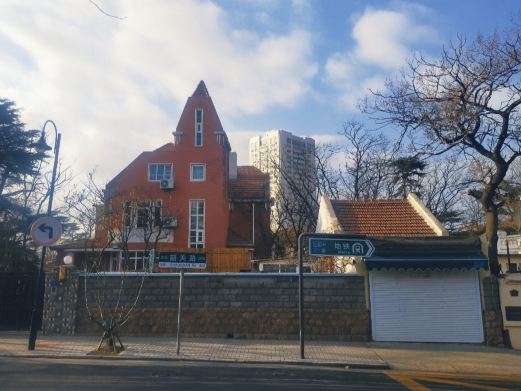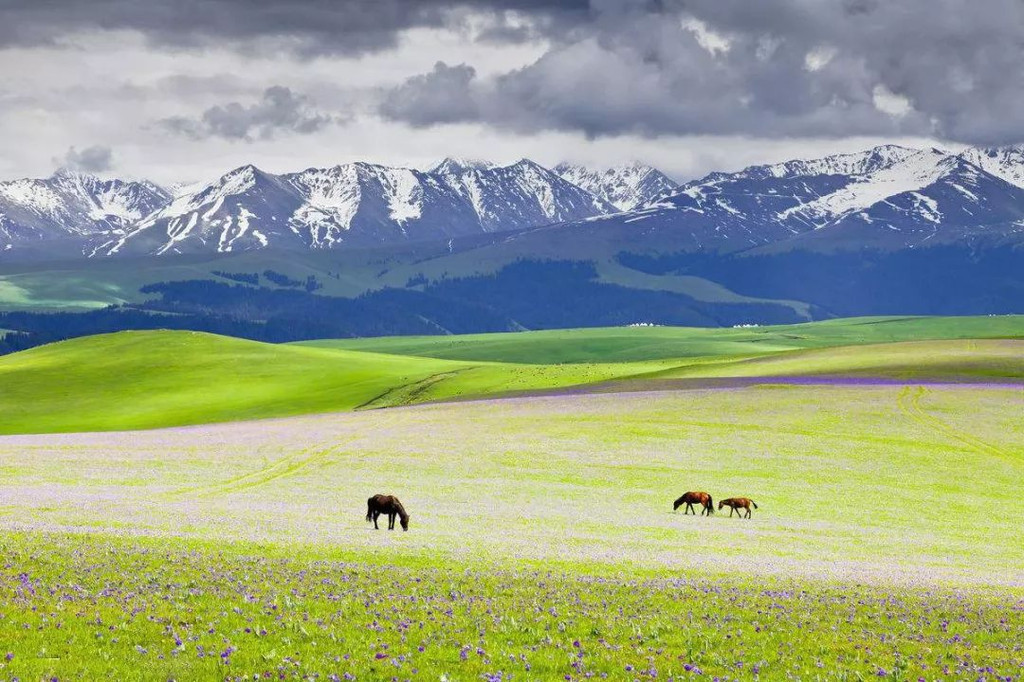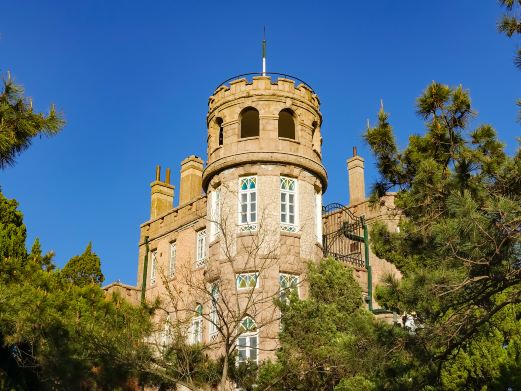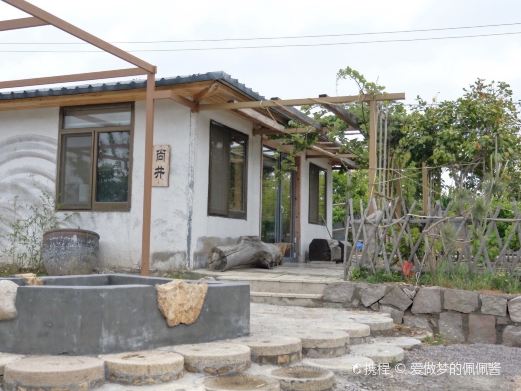Wei Zhu An was constructed in the 17th year of the Wanli era of the Ming Dynasty (1589). At that time, a Taoist priest from the Quanzhen Huashan sect, Song Chongru, arrived in this location and saw the mountains layered with greenery, the stream playing like a harp, and the tranquil and elegant environment, which was indeed an ideal place for Taoist seclusion. Despite the hardships, he built a Taoist sanctuary here.
The entire Taoist sanctuary covers an area of 2.6 acres, with a construction area of over 150 square meters, divided into two main halls and courtyards, including a main hall with three rooms and more than ten Taoist living quarters. At the beginning of the sanctuary’s construction, it was called ‘San Yuan Dian’. The main hall enshrines statues of Guanyin Bodhisattva and the Three Officials. It is said that the statue of Guanyin Bodhisattva is exquisitely carved from sandalwood, ranking first among the wooden statues in all Taoist sites of Mount Lao; the statues of the Three Officials are made of bronze and are also distinctive. Once, there was an ancient poem on the wall of the hall: ‘The steep opens the blue stone wall, with jagged ridges unremembered by years; knocking on the door startles the resident birds, across the ravine, one listens to the flowing spring. The old trees hold the colors of autumn, the high peaks enter the evening mist; where the hermit dwells, one looks into the distance among the white clouds.’ The verses vividly depict this paradise. The current Wei Zhu An has been rebuilt according to its original appearance. The courtyard is planted with precious flowers and trees such as white lilac, red pine, and camellia, adding a great deal of elegance and grace to the Taoist sanctuary. Wei Zhu An is one of the ‘Twelve Views of Mount Lao’ – ‘Wei Zhu Ming Spring’. The opening hours are subject to the daily operational status.Wei Zhu An: A Taoist Sanctuary of Qingdao
Wei Zhu An was constructed in the 17th year of the Wanli era of the Ming Dynasty (1589). At that [&h[...]









